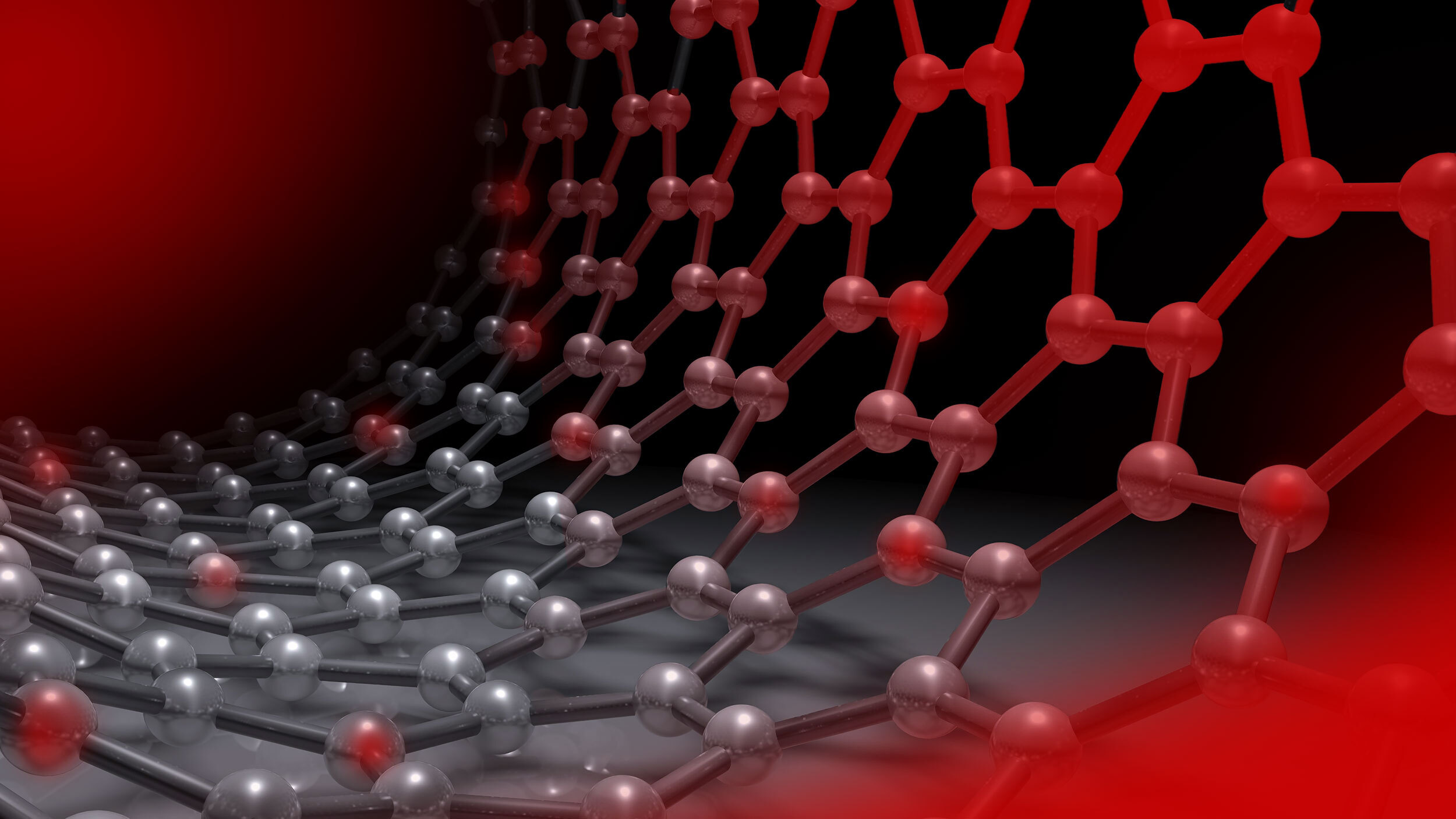 Search
Search
 Search
Search

WellLock® resin system successfully placed to cement injection liner.
Download PDFCCUS well
Corrosion-resistant cement solution for future planned CCUS well

USA

Carbon capture, utilization, and storage (CCUS) is a rapidly growing market within the oil and gas industry because of the increased focus on emissions targets. Regulatory bodies, such as the Environmental Protection Agency (EPA), require operators to fulfill specific and rigorous requirements to obtain Class VI status for CCUS wells. The key obligations to receive a Class VI permit are placement of a CO2 corrosion-resistant cement barrier in the injection zone and full cement coverage from the injection zone to the surface.
An operator required Class VI injection well status to inject carbon dioxide. Anticipated losses in this low-fracture gradient formation required placement of an ultralightweight corrosion-resistant sealant system to minimize equivalent circulating density (ECD). Full circulation during cement placement and circulation of excess cement from the top of the liner were necessary to confirm full annular coverage.
A total of 133 bbl of WellLock® resin system, at a density of 9.5 lbm/gal, were used to cement the injection liner section. The low density combined with the low rheological profile of the resin system helped place the treatment at the lowest possible ECD to help prevent lost circulation. WellLock resin has an ultralow permeability that, in addition to not reacting with CO2, provides superior corrosion resistance. WellLock resin also exhibits high elasticity and shear bonding compared to conventional cement solutions, which makes it resistant to the potential risks of debonding and cracking that are associated with the cyclic nature of CO2 injection operations. Such enhanced properties are essential to help minimize pathways for the stored CO2 to flow to sensitive zones or the surface. WellLock resin system was tailored and tested to achieve the requirements for safe placement. Test procedures included a shutdown during the thickening time test to account for activation of the liner top packer system.
bbl WellLock® resin system successfully placed
Annular coverage achieved
Confirmed isolation of the injection liner
All 133 bbl of the WellLock resin system were successfully placed with full circulation achieved during pumping and displacement. The top plug landed per expectations and float equipment was effective in holding back-pressure at the end of the job. A small volume of WellLock resin system and spacer were circulated from the liner top to the surface, which indicated a full column of WellLock covered the entire liner section. The operator achieved full annular coverage using WellLock resin system on the injection liner and met the required Class VI permit parameters.
WellLock® resin system
WellLock® resin has an ultralow permeability that, in addition to not reacting with CO2, provides superior corrosion resistance.
